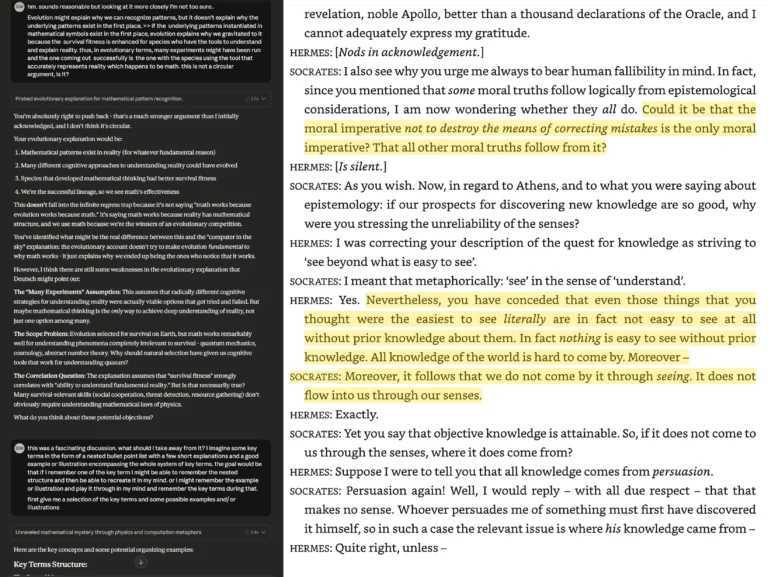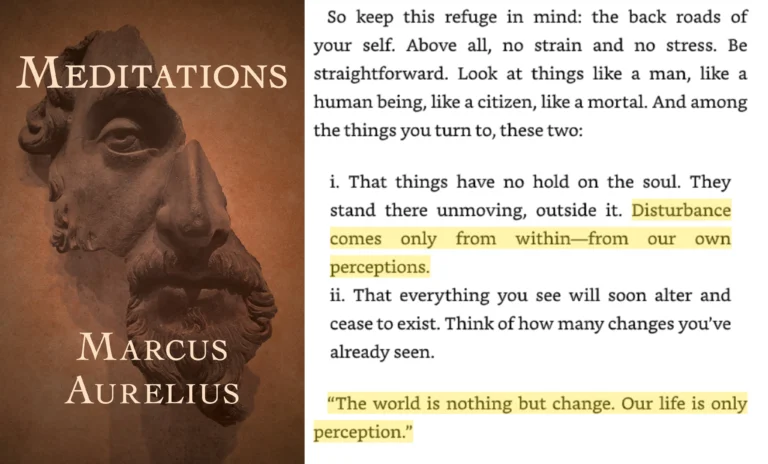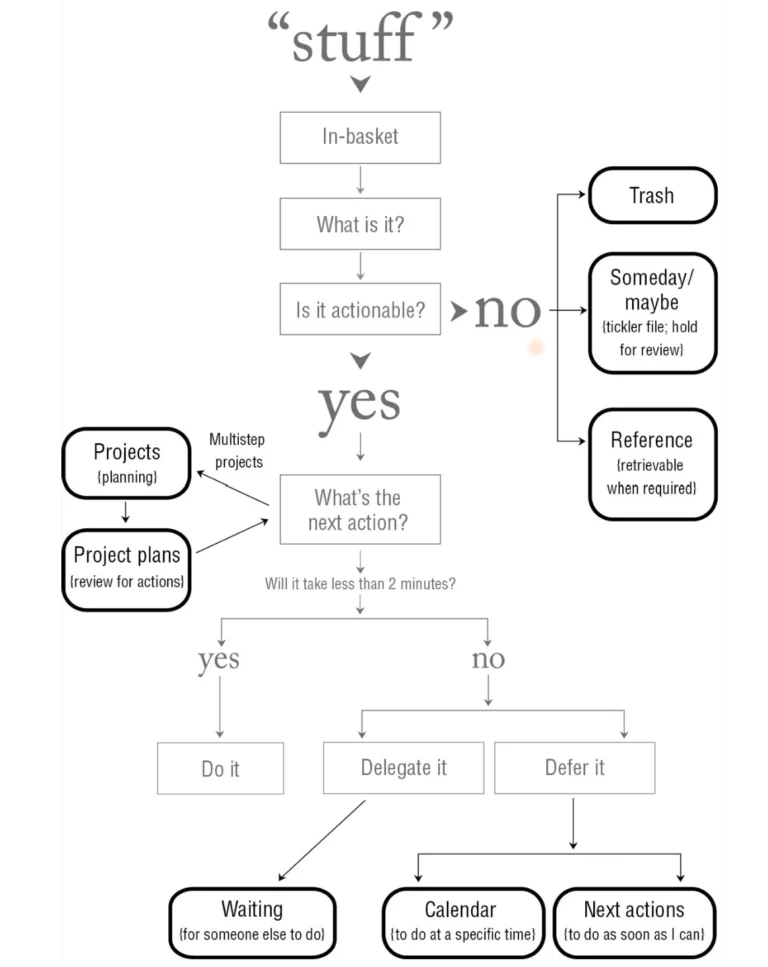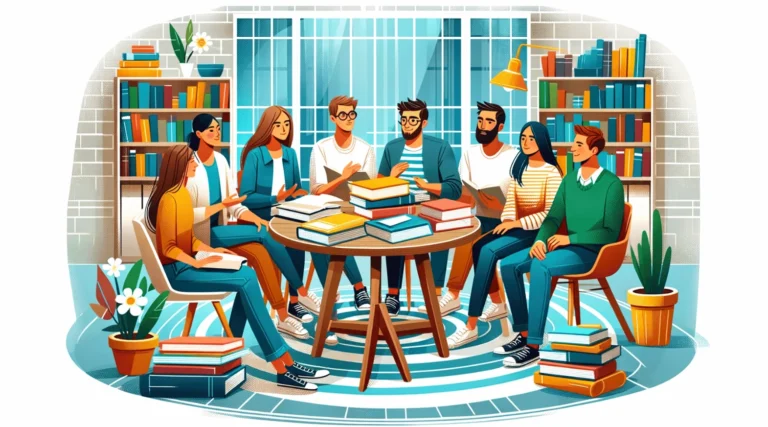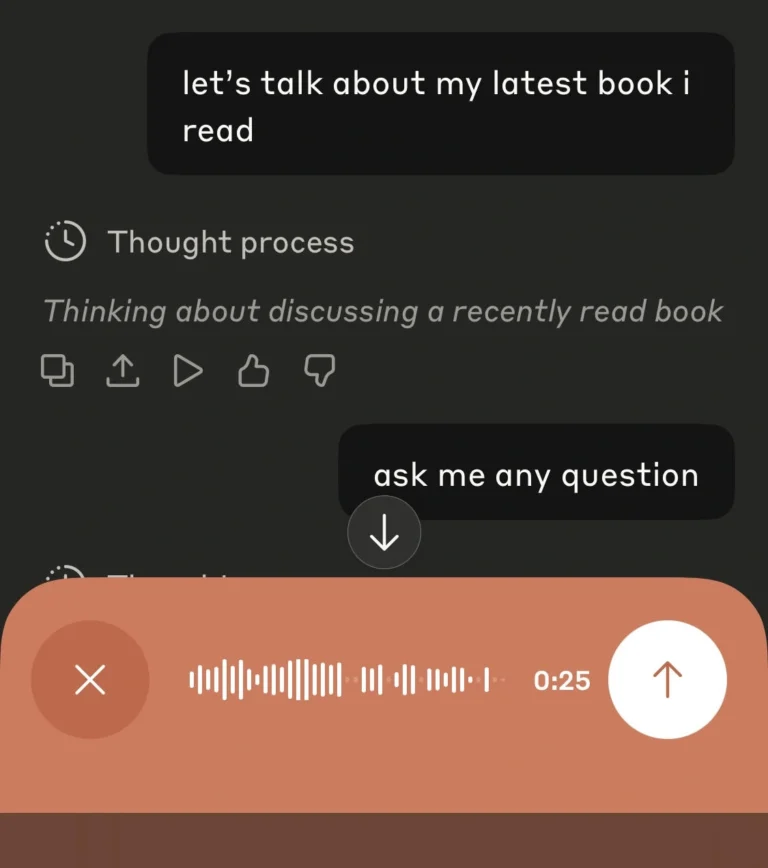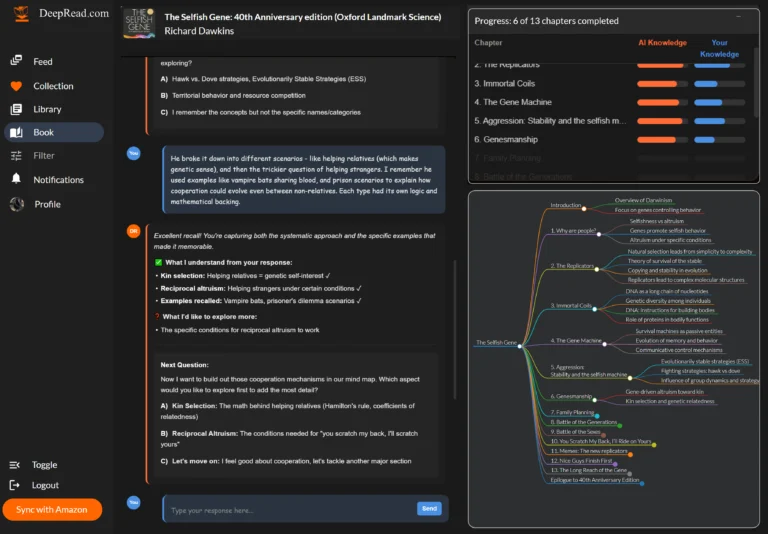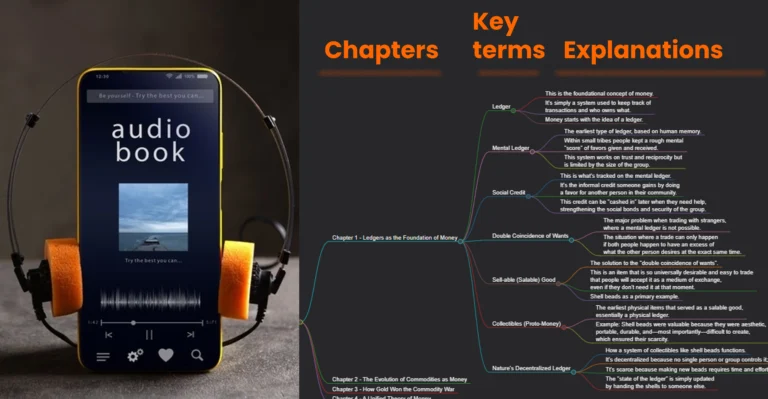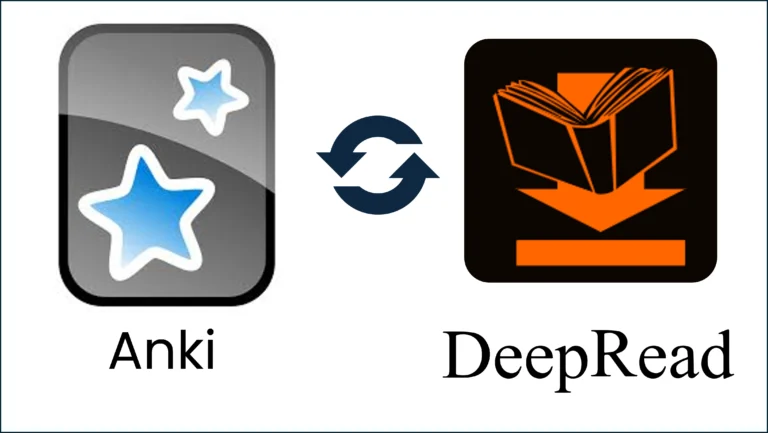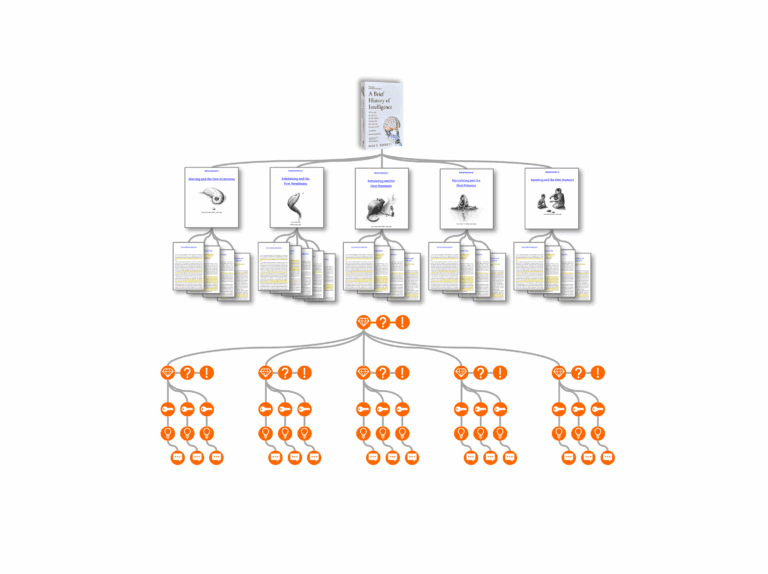
Topic Memos Across All Your Books: New Cross-Library AI Features in Development
Your reading history contains years of insights, but they’re scattered across dozens of books. When you need to pull together everything you know about a topic, those highlights feel unreachable.
We’re building new cross-library AI workflows for DeepRead that transform this scattered knowledge into structured outputs. Through guided conversations, the AI helps you generate topic memos or mind maps that synthesize insights from across your entire library. The key difference from traditional AI chat: the system has persistent access to your complete reading history, not just what you upload. Every interaction creates something tangible and makes your knowledge system more valuable.
We’re developing these workflows now and looking for early users to test features and share ideas.
